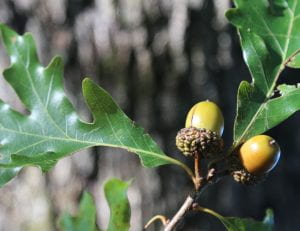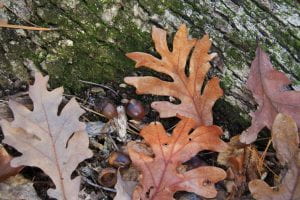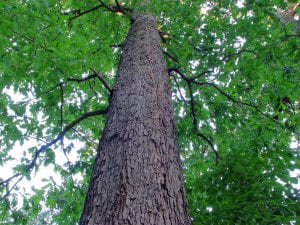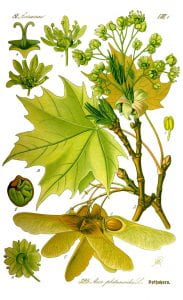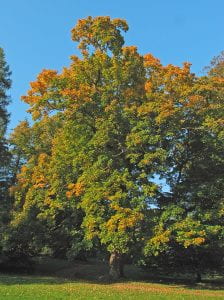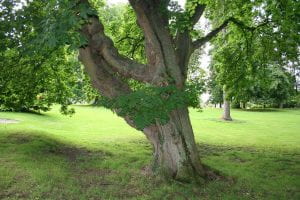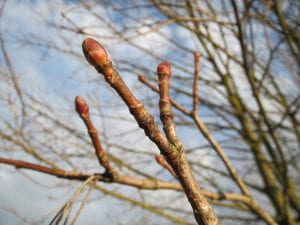Scientific Name: Cercis canadensis
Common Name: eastern redbud
Native Range: Eastern North America
Zone: 4 to 8
Plant type & Form: Tree; often multi-trunked understory tree with a rounded crown that typically matures to 20-30’ tall with a slightly larger spread
Height: 20.00 to 30.00 feet
Spread: 25.00 to 35.00 feet
Bloom Time: April
Bloom Description: stunning pea-like rose-purple flowers which bloom profusely on bare branches in early spring (March-April) before the foliage emerges
Bark: can be reddish
Fruit: Flowers are followed by flattened leguminous bean-like dry seedpods (to 2-4” long) that mature to brown in summer. Each pod has 6-12 seeds. Pods may remain on the tree into winter
Leaf: Alternate, simple, cordate, broadly ovate to nearly orbicular, dull green to blue-green leaves (3-5” across) have a papery texture and are short pointed at the tip
Sun: Full sun to part shade
Water: Medium
Soil type & pH: average, medium moisture, well-drained soils
Maintenance: Low
Suggested Use: Street Tree, Flowering Tree, Naturalize
Tolerates: Deer, Clay Soil, Black Walnut
Identification notes: Look for hear shaped leaves and small brown pods
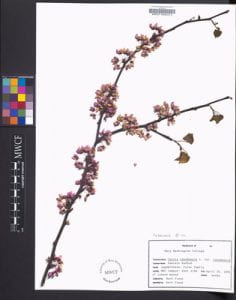
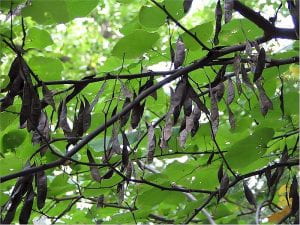
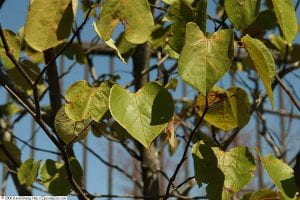

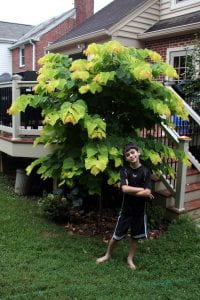

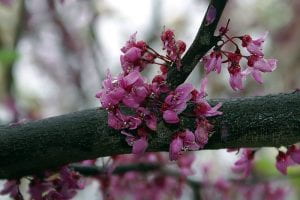
KONICA MINOLTA DIGITAL CAMERA
